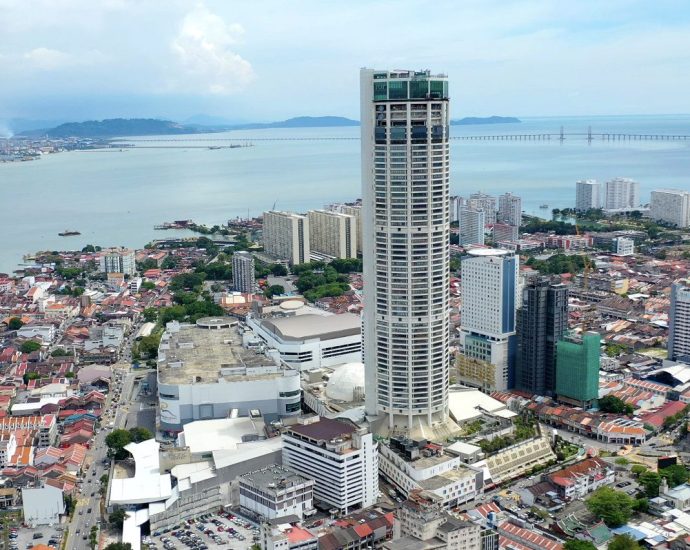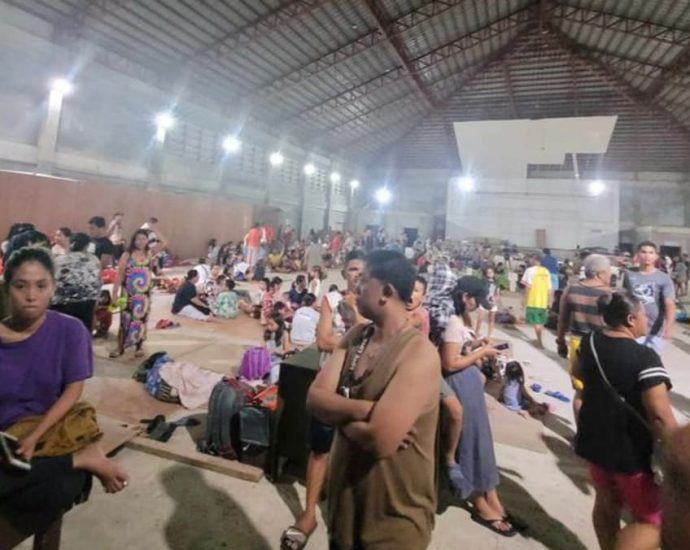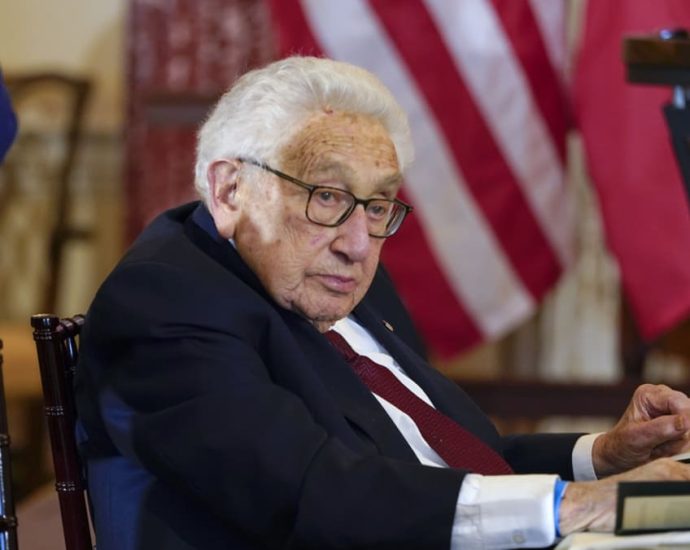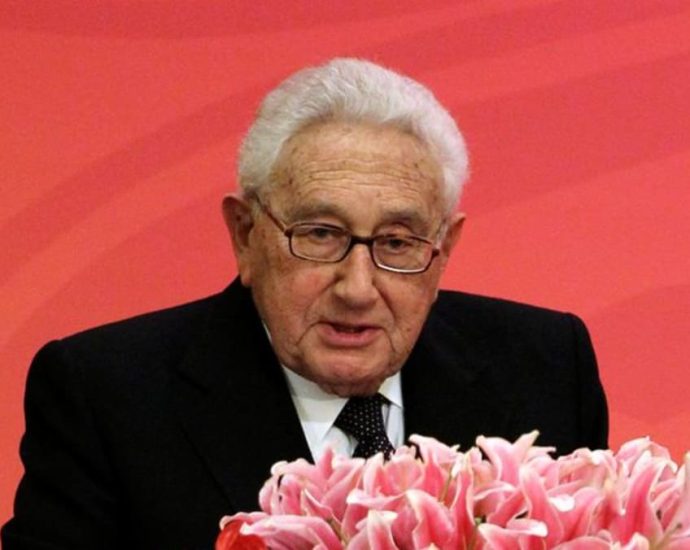Time for Malaysia to recognize the âNewâ Delhi
The visit by Malaysian Foreign Affairs Minister Zambry Abdul Kadir to New Delhi from November 5-8 was a significant milestone in Malaysia-India relations. Zambry met with his counterpart, Indian External Affairs Minister Subrahmanyam Jaishankar, for the sixth India-Malaysia Joint Commission Meeting.
The JCM reviewed the progress of the Enhanced Strategic Partnership, which covers areas of political, defense, security, economic, trade and investment, health, science and technology, culture, tourism and people-to-people ties, and also discussed regional and multilateral issues of mutual interest.
Since the start of the year, there has been a flurry of visits by top Indian ministers to Malaysia. In early June, Minister of State for External Affairs V Muraleedharan met with his Malaysian counterparts, followed by Defense Minister Rajnath Singh in July and Minister of State for External Affairs and Education Rajkumar Ranjan Singh in December.
The visits quite clearly signaled a reset in bilateral relations following the diplomatic row in 2019 arising from then-prime minister Mahathir Mohamad’s remarks about Kashmir and India’s Citizenship Amendment Act.
Zambry also mentioned that the visit of Malaysian Prime Minister Anwar Ibrahim to India is imminent, signifying an upswing in ties.
On the people-to-people front, just this week, Anwar announced that Malaysia would allow citizens of India 30-day visa-free entry to the country with effect from December 1. Given how visa requirements have been one of the most potent deterrents for travel between Malaysia and India, this move signals intent for greater connectivity and desire for enhanced bilateral ties.
Trade relations
India is one of the 10 largest trading partners of Malaysia, and Malaysia is the third-largest trading partner for India among the ASEAN countries. Not only dwelling on the cultural and civilizational ties between India and Malaysia, Zambry’s visit gives promise to more sectors of cooperation in the near future, primarily renewable energy, semiconductors and space.
India is forecast to emerge as the third-largest economy in the world by 2027. This is an opportunity for Malaysia to initiate and capitalize on partnerships with India in digital, fintech and semiconductor fields.
India has been a success story in digital payments and several best practices can be shared with and adopted by Malaysia, such as the Unified Payments Interface system and RuPay payment service, which would boost overall financial engagement between the two countries.
India now a global player
Beyond technical cooperation, it is of utmost importance that policymakers in Putrajaya, Malaysia’s seat of government, understand that this is a very different India they are dealing with since the last JCM more than a decade ago.
New Delhi is emerging as a regional trend-setter with increasing global influence through its value and visibility in the Indo-Pacific region. For India on the Indo-Pacific multilateralism front, this year could not have been a better one.
As Group of Twenty and Shanghai Cooperation Organization (SCO) chair, New Delhi’s Global South agenda, and pragmatic, balanced and assertive foreign-policy choices took center stage.
Being a leading proponent of Indo-Pacific cooperation and guided by core policies such as the Neighborhood First Policy, Act East Policy, Africa Outreach initiative, and Indo-Pacific Oceans Initiative (IPOI), this past year has quite clearly demonstrated how New Delhi’s role in the emerging Indo-Pacific order is taking new forms and gaining fresh momentum.
In the grand scheme of things, what stands out for India as a significant partner for Malaysia and ASEAN member states in the Indo-Pacific is its ability to take a distinct multi-aligned and multi-pronged approach to partnerships in the region. New Delhi has gradually but intently refined its approach, reflecting an adept compartmentalisation of interests, strategic competition, and geopolitical dynamics.
India is clearly able to balance continued commitment to SCO and BRICS (which means constructive engagement with traditional “rivals” such as China and Pakistan), active collaboration within the Quadrilateral Security Dialogue and the I2U2 Group (India, Israel, the United Arab Emirates and the US), and finally, advancement of cornerstone mechanisms like the G20 and BIMSTEC (Bay of Bengal Initiative for Multi-Sectoral Technical and Economic Cooperation).
A sincere commitment to multilateralism and regionalism despite existing deep-seated rivalries makes India by far, the most “centered” Indo-Pacific partner – a reality that has not fully dawned on policymakers in Malaysia or ASEAN.
These recent developments make the much-documented synergies between India’s and ASEAN’s approach to the Indo-Pacific region, specifically the IPOI and the ASEAN Outlook on the Indo-Pacific (AOIP), that much more apparent – and operable.
It is noteworthy that Malaysia’s alignment to the AOIP is the only articulation of its acceptance of the Indo-Pacific concept. Whether in terms of principles or priorities in the Indo-Pacific region, it is undeniable that India is a natural partner for Malaysia and ASEAN that demands more nuanced attention.
The missing cognizance in Putrajaya that it is dealing with a “new” India is perhaps one of the biggest stumbling blocks to tapping on New Delhi for more meaningful means of cooperation in the Indo-Pacific.
With Malaysia assuming the role of ASEAN chair in 2025, it must advocate for active recognition and acknowledgement of India’s ability to be a valued “multilateral connector” for Southeast Asia.
There are real opportunities for ASEAN’s enhanced cooperation with other partners in the Indo-Pacific such as Africa, the Middle East and the Pacific Islands to be brokered by India within existing frameworks and initiatives – such as the Africa Outreach initiative, the recently announced India-Middle East-Europe Economic Corridor and through the Forum for India-Pacific Islands Cooperation.
For many states in the region, including Malaysia, the rise of “new” India has understandably not been the easiest thing to calibrate or adapt to. Recognizing change and altering perceptions of New Delhi is a necessity but will be a challenge, nonetheless.
Malaysia’s current relations with India are defined by older, outdated and “safer” narratives, so much so that they do not reflect current realities – and this is a missed opportunity on several counts. India on its current geopolitical trajectory is and will remain an important partner to Malaysia. It is time Putrajaya realizes this too.
















